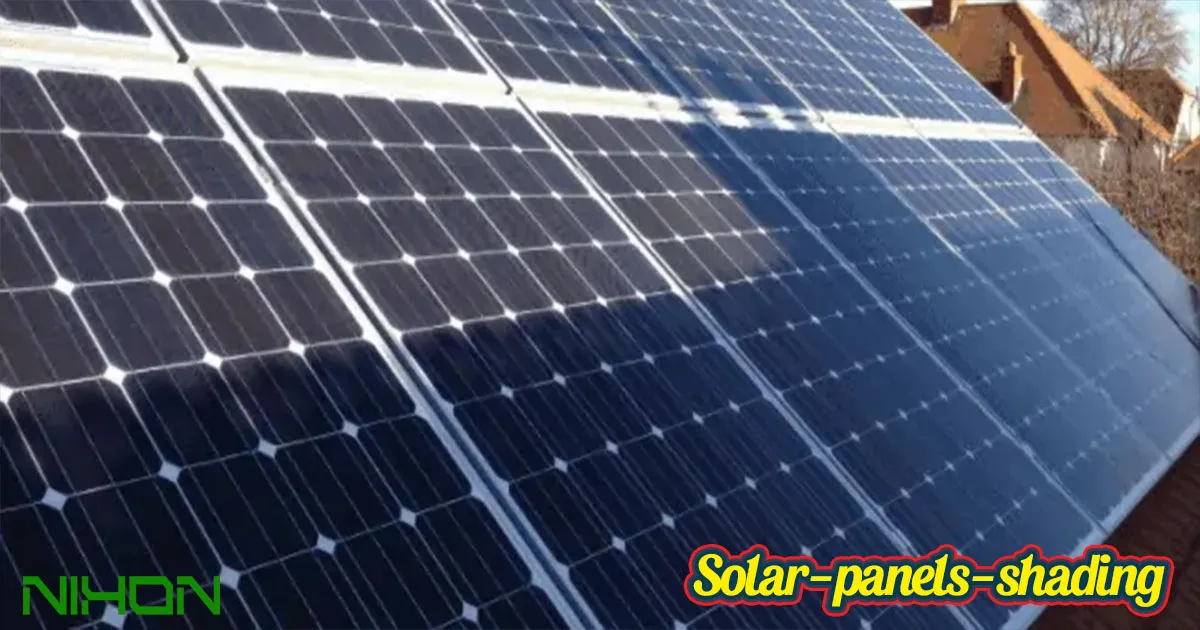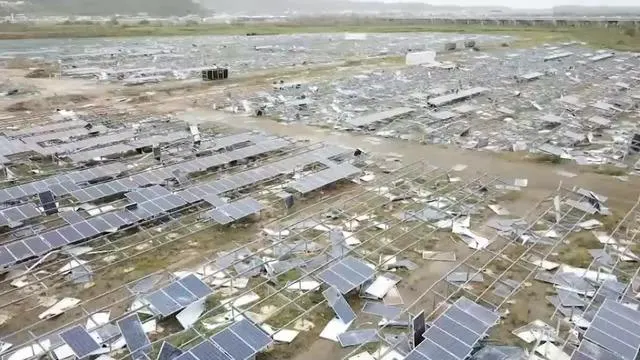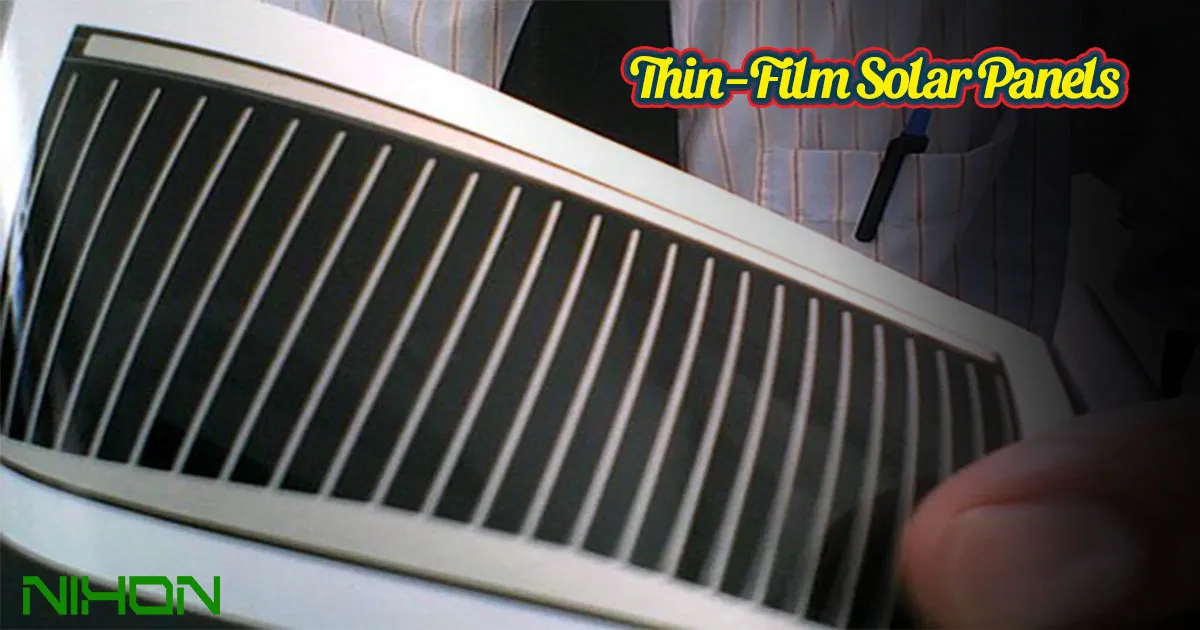The Biggest Issue with Solar Panels and the Best Solar Panel Choice in Pakistan
Solar panels are increasingly seen as a key solution to the world’s growing energy needs, especially with the rising environmental concerns. They offer a cleaner, more sustainable alternative to traditional energy sources such as coal and oil. However, like any technology, solar panels come with their own set of challenges. The biggest issue with solar panels is often considered to be efficiency loss, especially due to environmental factors like dust, shade, and temperature. In this article, we will discuss these issues in detail and explore the best solar panel options in Pakistan, ensuring you can make the right choice for your energy needs.
The Biggest Issue with Solar Panels: Efficiency Loss
Biggest issue with solar panels is efficiency loss, Solar panel efficiency refers to the amount of sunlight converted into usable electricity. Under ideal conditions, solar panels are designed to maximize this conversion, but many factors can negatively impact their efficiency. The primary issue with solar panels is that they are prone to efficiency losses due to environmental factors, which are often unavoidable.
1. Dust Accumulation

Dust is 2nd Most Common biggest issue with solar panels, buildup on solar panels is one of the most significant factors affecting their efficiency. In countries like Pakistan, where dust storms are common, solar panels can get covered in a layer of dust, reducing the amount of sunlight they can absorb. Studies show that efficiency can drop by as much as 40% when panels are not cleaned regularly. The more dust, the less sunlight reaches the solar cells, making this one of the biggest issues with solar panels in regions like Pakistan. For Better performance and clean you can buy cleanux solar brush and use .
2. Shading

Even partial shading of a solar panel can significantly reduce its output. This issue is especially problematic in urban areas with nearby buildings, trees, or other obstructions. In some cases, shading on just 10% of the panel can reduce its overall efficiency by 50%. This is because solar panels are usually connected in series, meaning one shaded panel can reduce the performance of the entire system.The biggest issue with solar panels is their efficiency loss due to various environmental factors.
3. Temperature Sensitivity
Another aspect of the biggest issue with solar panels is their sensitivity to high temperatures, which leads to decreased voltage output, especially in hot climates. Though solar panels rely on sunlight, high temperatures can actually reduce their efficiency. Solar panels typically perform better in cooler temperatures, and excessive heat can cause a drop in voltage output. This phenomenon, known as the “temperature coefficient,” can result in a significant decrease in performance, particularly in hot climates like that of Pakistan. The drop in efficiency can be as high as 20% on extremely hot days.
4. Degradation Over Time

Another biggest issue with solar panels is their gradual degradation over time. Most solar panels have a lifespan of 25 to 30 years, but their efficiency declines slightly each year. This degradation rate can vary depending on the quality of the panel and environmental conditions. Typically, solar panels lose about 0.5% to 1% of their efficiency per year. While this may not seem like a major issue at first, over time it can add up to a significant reduction in energy production.
5. Energy Storage and Nighttime Usage
One of the biggest challenges with solar energy is that it is not available 24/7. Solar panels only produce electricity during daylight hours, which means energy storage solutions are necessary for nighttime usage. Currently, battery storage technology is expensive and not yet as efficient as it needs to be for widespread adoption. This limitation is a significant barrier for people relying solely on solar energy for all their power needs. Night time energy storage is common biggest issue with solar panels.
The Best Solar Panel in Pakistan: Choosing the Right Technology
Now that we’ve explored the biggest issue with solar panels, let’s move on to finding the best solar panel in Pakistan. The country’s climate and energy needs make it important to choose a solar panel that performs well under specific conditions, including high temperatures, dust, and long-term durability. Below are some of the top choices when selecting solar panels in Pakistan.
1. Monocrystalline Solar Panels
Monocrystalline solar panels are widely regarded as the most efficient type of solar panel available on the market. They are made from high-purity silicon, which allows them to convert sunlight into electricity more effectively than other types of panels. Monocrystalline panels are known for their high efficiency and long lifespan. They are also more space-efficient, making them ideal for areas with limited roof space.
Monocrystalline panels perform well in high temperatures and have a slower degradation rate compared to other types of panels. In Pakistan, where temperatures can reach extreme levels, monocrystalline solar panels are often the best choice for homeowners and businesses looking for reliable and efficient solar energy systems.
2. Polycrystalline Solar Panels

Polycrystalline solar panels are another popular option in Pakistan. These panels are made from silicon crystals but are less pure than monocrystalline panels. As a result, they are slightly less efficient, but they are also more affordable. Polycrystalline panels are a good option for those who are looking for a balance between cost and efficiency.
In regions like Pakistan, where budget is a significant concern, polycrystalline solar panels are a practical choice. While they may not be as efficient as monocrystalline panels, they are still capable of producing a substantial amount of electricity and are well-suited to the country’s sunny climate.
3. Thin-Film Solar Panels

Thin-film solar panels are another type of solar technology available in Pakistan. These panels are made by depositing a thin layer of photovoltaic material onto a substrate. Thin-film panels are generally less efficient than crystalline silicon panels, but they have some advantages, such as flexibility and better performance in low-light conditions.
While thin-film solar panels may not be the first choice for most homeowners, they are worth considering for certain applications. For example, they are often used in commercial installations where large amounts of space are available. Additionally, their flexibility makes them suitable for curved surfaces, such as those found on vehicles or boats.
4. PERC Solar Panels
PERC (Passivated Emitter and Rear Cell) solar panels are a newer type of solar technology that offers improved efficiency over traditional solar panels. PERC panels use an additional layer on the back of the cells to reflect light back into the panel, increasing the amount of sunlight absorbed and converted into electricity.
PERC solar panels are an excellent choice for Pakistan’s climate, as they are designed to perform better in high temperatures and low-light conditions. This makes them ideal for areas with frequent dust storms or partial shading, common issues in many parts of Pakistan. Although PERC panels are more expensive than traditional monocrystalline or polycrystalline panels, their higher efficiency and durability make them a worthwhile investment.
Factors to Consider When Choosing the Best Solar Panel in Pakistan
When selecting the best solar panel in Pakistan, it’s essential to consider several factors beyond just the type of panel. These factors will help ensure you get the most out of your solar investment.
1. Climate and Weather Conditions
Pakistan’s climate varies significantly from region to region. In areas with high temperatures, like Sindh and southern Punjab, solar panels with a lower temperature coefficient (such as monocrystalline and PERC panels) will perform better. In regions with frequent dust storms, panels with anti-soiling coatings may be more suitable.
2. Budget
Solar panels come in a range of prices, with monocrystalline panels being the most expensive and thin-film panels the least expensive. It’s essential to balance your budget with your energy needs and long-term savings. While cheaper panels may have a lower upfront cost, they may not offer the same level of efficiency or durability as higher-quality options.
3. Space Availability
If you have limited roof space, you’ll want to choose solar panels with a higher efficiency rating, such as monocrystalline or PERC panels. These panels generate more electricity per square meter, allowing you to maximize your energy production in a smaller area. otherwise space availability is common biggest issue with solar panels installation at roof top.
4. Warranty and Lifespan
The best solar panels come with warranties of 25 years or more. Ensure that the panel you choose has a long-term warranty, which will provide peace of mind and protect your investment over time.
Review
The biggest issue with solar panels is their efficiency loss, which is often caused by environmental factors such as dust, shading, and temperature. In Pakistan, where these factors are prevalent, it’s essential to choose a solar panel that performs well under challenging conditions. Monocrystalline, polycrystalline, and PERC solar panels are some of the best options available in Pakistan, each offering unique advantages depending on your specific needs and budget.
By carefully considering the climate, budget, and space availability, you can choose the best solar panel for your energy needs in Pakistan. With the right technology and proper maintenance, solar energy can be a sustainable and cost-effective solution for the country’s growing energy demands.
